Novel detection methods, new vaccine research, and Inuit leadership are tackling a persistent disease in the Far North—tuberculosis
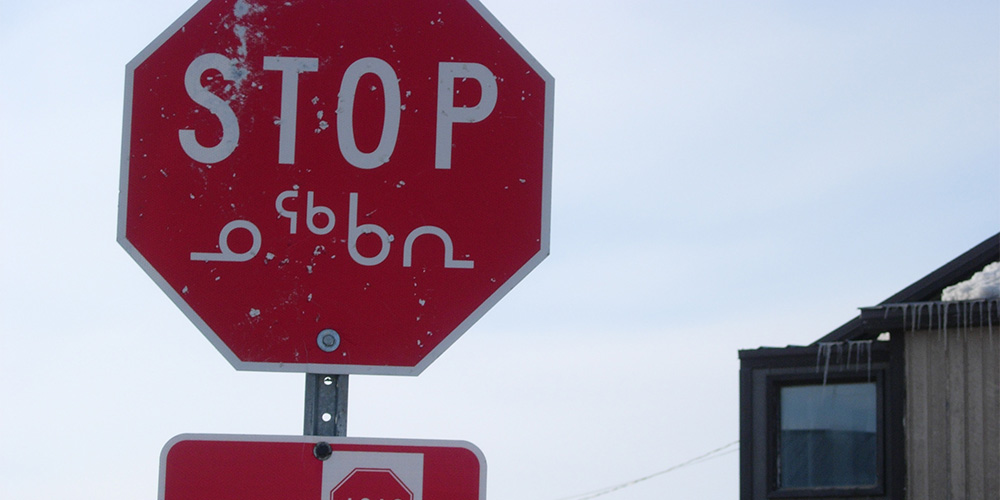
At a glance
Issue
Tuberculosis remains a global disease, and in Canada, it is a major health problem in the Inuit homeland, Inuit Nunangat. TB spreads quickly and remains difficult to prevent and treat. While medical studies will help, the major driving force of TB in Nunavut, Nunavik, and Nunatsiavut are social determinants—inadequate and crowded housing, poor nutrition, and poor access to health care means that TB continues to be a persistent disease in Inuit Nunangat.
Research
Taima TB, led by Dr. Gonzalo Alvarez of the Ottawa Hospital Research Institute and Inuit partners, are testing wastewater detection methods in Iqaluit to detect TB quicker and more accurately. Alongside more robust testing, research at the McGill International TB Centre is exploring better vaccination options. But a miracle cure remains elusive—ultimately, medical and social changes will have to happen to eliminate TB.
Impact
Inuit Tapariit Kanatami has a goal of eliminating TB among the Inuit by 2030. Wastewater detection and vaccine studies will help prevent the spread of TB. As Inuit lead on research by and about Inuit, they strengthen research capacity while developing novel ways to prevent TB, all working towards the ultimate goal of eliminating the infectious disease.
The public health news coming out of Nunavut in 2023 was centered not on COVID-19 but another highly transmissible respiratory infection—tuberculosis.
Tuberculosis (TB) is not something that most Canadians are concerned about—rates of TB are incredibly low in the Canadian provinces, and it is virtually non-existent among non-Indigenous Canadian-born individuals. Most cases of TB are among recent newcomers, meaning for most Canadians, TB is simply not a problem.
Unless you live in Inuit Nunangat (the Inuit Homeland in Canada), where poor-quality, overcrowded housing, lack of access to health care, and food insecurity have made TB outbreaks a persistent problem.
A problem of scale
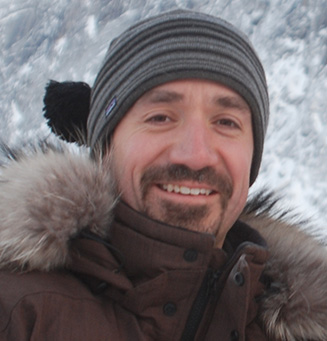
In Canada, tuberculosis affects three major groups: newcomers, some First Nations communities, and Inuit living in Inuit Nunangat. Rates among Inuit communities are the highest in the country. But TB researcher and leader of the Taima TB (“Stop TB” in Inuktitut) initiative, Dr. Gonzalo Alvarez, wants to remind people that the number of cases of TB in Nunavut is about the same as annual cases in Ottawa or any other major city. The difference is one of population—since there are only 37,000 people in the territory, 100 cases a year is a major public health issue.
That’s what people tend to miss when it comes to TB rates in the North. While “incident rates are a couple hundred times higher than in the non-Indigenous Canadian-born population,” says Dr. Alvarez, “the absolute number is about 100 cases a year.” One or two people in Nunavut die every year from the “completely treatable disease.”
“In Canada, there is probably an average of 2,000 cases a year of active TB disease,” says Dr. Alvarez. “Seventy-five per cent of those cases come from foreign-born individuals, and the last quarter is made up of Indigenous cases. A very small percentage comes from non-Indigenous Canadian-born individuals.”
Dr. Alvarez, a senior scientist at the Ottawa Hospital Research Institute, has been studying TB in Nunavut for 15 years, and along with Inuit partners founded Taima TB in 2011, with support from the Canadian Institutes of Health Research (CIHR). Their most recent project is assessing the feasibility of wastewater monitoring to provide new tools to help focus screening efforts and potentially allow earlier interventions to treat and stop TB transmission. The project just launched in Iqaluit.
“The mission of Taima TB is helping Inuit in Canada stop the transmission of TB in their communities,” says Dr. Alvarez. The 10-member group is composed of frontline doctors and nurses, government officials, representatives from Nunavut Tunngavik Inc. and Nunavut communities, and researchers like Dr. Alvarez. “The bottom line for us over the 12 years we’ve been doing this as an organized group is to turn out solid evidence based on science to drive change.”
Dr. Alvarez says that the public response has been wonderful. And while his research team based out of the Ottawa Hospital Research Institute continues to play a role in TB prevention, Inuit in Nunavut and across Inuit Nunangat are taking on more leadership roles.
One of those leaders is Jean Allen, the senior manager for research at Nunavut Tunngavik Inc., the legal entity that represents and advocates for Inuit in Nunavut. For the first time, she says, Nunavut Tunngavik Inc. is a co-investigator in the wastewater project, which builds research capacity at the organization, while ensuring the research will benefit Inuit in Nunavut.
“My hope is that fewer people will get active TB, fewer people will get so sick they have to go down south for treatment, and that outbreaks can be avoided by detecting cases in communities earlier,” says Allen.
Social determinants of Inuit health
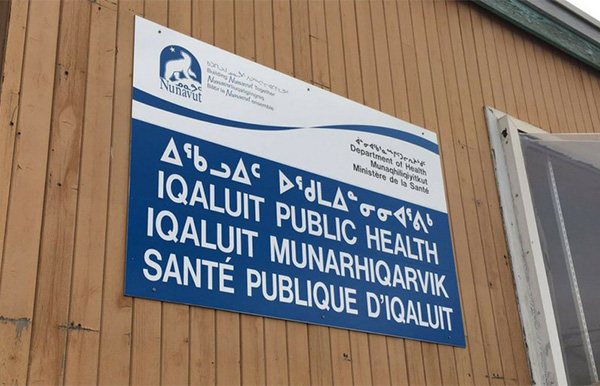
With Dr. Alvarez, the conversation quickly turns to social determinants of health, the main factor in TB rates in Nunavut.
“There is no doubt that housing and nutrition are direct drivers of TB,” says Dr. Alvarez. “Up here, there is a lot of poverty, and there’s a massive shortage of housing which leads people to live in very crowded conditions. Then expand that out to nutrition … when you have food security issues, then the picture becomes clearer as to why you might have problems related to tuberculosis.”
Jennifer Bull, the End TB regional manager for the Nunatsiavut Government—the self-governed Inuit region in Labrador—echoed Dr. Alvarez’s focus on social determinants of health.
“The Inuit Tuberculosis Elimination Framework [ PDF (1.55 MB) - external link ] connects the persistently high rates of TB across Inuit Nunangat to health disparities experienced by Inuit compared with other populations in Canada as well as stressing the need to address poverty and the gaps in the social determinants of Inuit health that have perpetuated these high rates,” Bull says. “Specific social determinants of Inuit health that are referenced include: housing, food security and nutrition, mental wellness, and access to health services.”
How far can a vaccine take us?
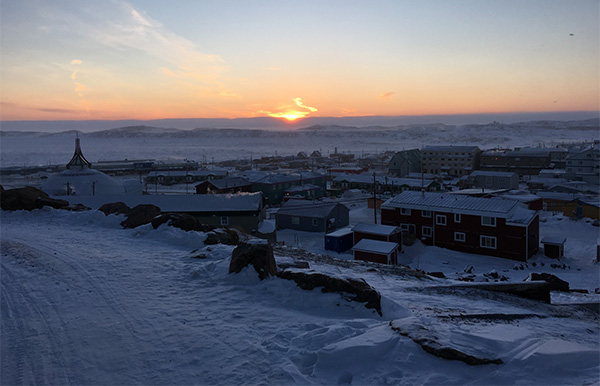
If you look at the World Health Organization’s map of BCG immunization coverage, you’ll notice that Canada and the United States both say “data not available.” Although over half the world’s countries have over 90% BCG immunization coverage for their population, it is not the standard in Canada.
While BCG vaccination might not be common across the country, it is policy in Nunavut and Nunavik to give the vaccine to all infants at one month, according to the TAIMA TB team. Nunatsiavut does not vaccinate against TB per Newfoundland and Labrador policy. Rates of TB in the Inuvialuit Settlement Region are close to zero, so vaccination is not common.
Other factors complicate the issue. Tuberculosis is a complex disease that has been evolving alongside humans since at least Ancient Egypt, says Dr. Maziar Divangahi, an associate director of the McGill International TB Centre, and much of the pathogenesis—how the disease infects us—is still a mystery. For Dr. Divangahi, getting rid of TB requires both a stronger vaccination policy and more lab research.
The BCG vaccine offers a lot of potential. Several researchers across Canada, including Dr. Divangahi and PhD candidate Kim Tran, are studying the effectiveness of BCG to cross-protect against other lung infections. The team has seen success with protection against influenza A virus.
Dr. Divangahi has a longstanding interest in trained immunity. In short, his lab is asking the question: Can the BCG vaccine train the innate immune system to be better at fighting not only TB but other lung infections?
With adaptive immunity, T cells, a type of white blood cell that helps fight infection, “remember” what a bacterium looks like by being exposed to a weakened version of it in the vaccine. In trained immunity, our white blood cells become better at recognizing and fighting not only the specific pathogen it has been exposed to previously, but other intruders as well, allowing our immune systems to respond more quickly and effectively, say, by travelling to the lungs and surrounding and killing the microorganisms in the lung tissues.
This idea of “training” the lungs might “reprogram innate immunity response against Mycobacterium tuberculosis and other bacterial lung infections,” says Dr. Divangahi.
Additional research, such as that conducted by Dr. Nelly Amenyogbe at Dalhousie University, has provided evidence that the BCG vaccine might be more effective if given as an aerosol spray or intravenously rather than by an injection.
Where is the miracle cure?
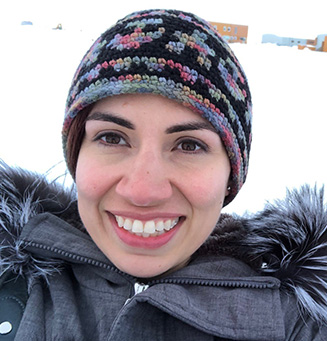
Although a lot of research looks promising, there is no miracle cure for TB. The BCG vaccine, according to the Canada TB Standards, is effective for children—though it does not offer complete protection and efficacy declines with time. Clinical trials cited in the TB Standards show that revaccination later in life doesn’t help with protection.
For a long time, TB has been a part of life in Nunavut and the Inuit regions. Growing up in Iqaluit, Jean Allen,—whose decision to study microbiology was influenced in part by the prevalence of TB, respiratory syncytial virus (RSV) and the H. pylori bacteria in Inuit communities—says TB was common. It was not until she left Nunavut to study immunology and microbiology that she discovered that TB was not an everyday occurrence for most Canadians.
“TB was common growing up,” Allen says. “A lot of us have family that were brought south for treatment. But even in school, TB was around us. You always knew someone who had TB. There was a school program where they did testing and treatment.”
“My hope is that TB is eliminated and that we can heal from our past experiences and move forward and live TB free” says Allen.
The Inuit Tuberculosis Elimination Framework, published in November 2018 by Inuit Tapiriit Kanatami (the national Inuit organization in Canada) refers to the BCG vaccine only once. Structural changes are much more important. Reducing poverty, improving food security, and building more housing to reduce overcrowding, are top priorities.
Research, like the Taima TB Wastewater Study, may provide important tools for halting the transmission of TB to hold the disease at bay. Structural change is needed to eliminate TB from Inuit regions once and for all. Until then, Dr. Alvarez’s focus—where he can be most useful—is in detecting and diagnosing TB earlier and treating latent cases. This is the goal of his new wastewater study, which the City of Iqaluit supports enthusiastically.
But Dr. Alvarez is not, as he says, trained to build houses.
Scientific research and Inuit knowledge are a key component in stopping the transmission of TB. Solving the issue of inadequate housing, nutrition, and health inequity keeps it out.
- Date modified: